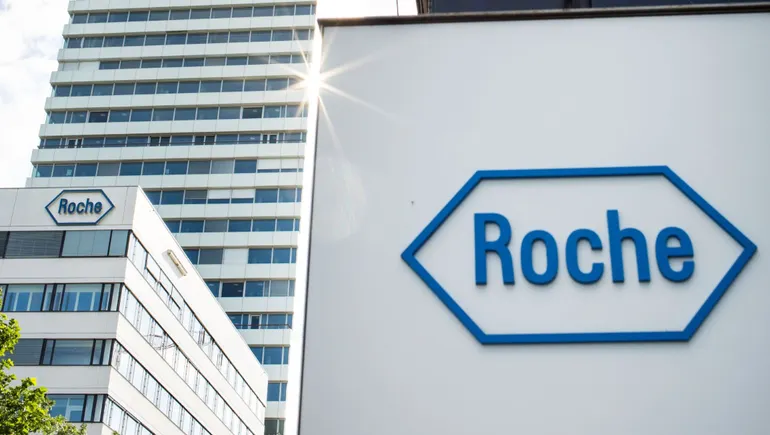The obesity market is currently dominated by Novo Nordisk and Eli Lilly, the only companies with approved GLP-1s. However, with the market moving past the peak hype of 2024, more companies are entering the race to develop better drugs for weight loss.
Roche, a Swiss pharma giant, recently made a big move by partnering with Denmark-based Zealand Pharma in a deal worth up to $5.3 billion. This collaboration aims to develop an amylin analog obesity shot and a new combination product with Roche’s own GLP-1/GIP receptor agonist. Roche is betting on amylins as a key differentiator from existing GLP-1s, with Zealand’s petrelintide showing promising results in phase 2 testing. Roche is also investing $550 million in manufacturing capabilities in Indianapolis to support its foray into the obesity market.
Meanwhile, Novo Nordisk made waves by licensing an experimental triple agonist, UBT251, from China-based United Laboratories International Holdings for up to $2 billion. This triple agonist targets the GLP-1, GIP, and glucagon receptors to improve weight loss results over existing drugs. Novo is also exploring oral obesity options through a collaboration with Septerna, focusing on developing drugs that target G protein-coupled receptors.
On the other hand, market leader Eli Lilly is investing in technology from Camurus to extend the durability of its weight loss drugs. The FluidCrystal technology disperses medication over a period of days or months, potentially leading to one of the first long-acting weight loss drugs in the market. This move aligns with Lilly’s strategy to stay ahead and fend off potential competitors in the obesity market.
With these major deals and advancements in obesity drug development, the landscape of the market is evolving rapidly. As more companies enter the race and existing players invest in innovation, patients struggling with obesity may soon have access to more effective and durable treatment options. Stay tuned for further developments in this dynamic and competitive market.


